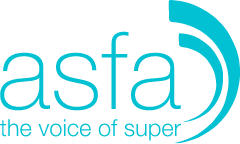Consumers
Get your superannuation working better for you with independent information, calculators and links to help you engage with your super.
Consumers
Retirement Standard
Consumers
Retirement Standard
Find out how much money you will need for a comfortable or modest retirement with ASFA’s benchmark guide, updated four times a year
Consumers
Super Balance Detective
Consumers
Super Balance Detective
Are you on track for a comfortable retirement? Find out how much super you should have for your age with ASFA’s Super Balance Detective
Consumers
Low Income Superannuation Tax Offset (LISTO)
Consumers
Low Income Superannuation Tax Offset (LISTO)
If you earn $37,000 or less a year, you may be eligible for a low income super tax offset (LISTO) payment from the government
Links to help you understand and grow your superannuation and enjoy your retirement
Your superannuation fund is a great place to start to get more information about your retirement savings. Many offer free or low-cost advice financial advice which can help you better manage and grow your super. Get in touch with your fund to see how they can help.
The government’s Moneysmart site has a wealth of information including about how super works, how to grow your super and on retirement.
The Australian Taxation Office (ATO) also has an important role to play in superannuation and is a good source of detailed information.
You can report unpaid super from your employer, find out more about when you can access your super, accessing the super of someone who has died if you are a beneficiary, how contributions are capped and taxed, and much more.
You can find detailed information about the age pension on the Services Australia website.






